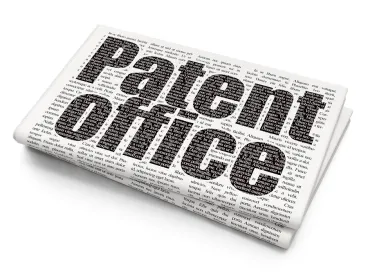US Patent Trial and Appeal Board (PTAB) institution denials for inter partes review (“IPR”) and other post-grant review petitions have steadily risen from 13 percent in 2012 to 44 percent in 2020. In 2020, the institution rate has fallen to 56%, down from 63% a year ago. Mintz has chronicled this decline in institution and discussed in depth strategies for successfully avoiding IPR institution. In Dropworks, Inc. v. Bio-Rad Laboratories, Inc. IPR2021-00212, Paper 7 (P.T.A.B. Jun. 1, 2021), the PTAB continued this trend and denied Dropworks’ petition, determining that the petition failed to sufficiently establish a reasonable likelihood that Dropworks would prevail. The decision is consistent with the increase in discretionary denials at the PTAB and highlights common obviousness issues and analysis.
In IPRs, the petitioner bears the initial burden of demonstrating a reasonable likelihood that at least one of the challenged claims is unpatentable. A petitioner may meet this burden by showing that a patent is anticipated or obvious in light of prior art that predates the patent’s filing date. This burden of persuasion never shifts to Patent Owner.
In Dropworks, the petitioner alleged the claims of Bio-Rad’s ‘310 patent were unpatentable as obvious under 35 U.S.C. § 103. The Board determined the Petitioner did not show sufficiently that a person of ordinary skill would have had a reason combine the individual elements of the prior art in the way the ’310 patent claims. The Board noted that while the petitioner showed the references could have been combined, i.e., that they may be analogous art, the petitioner’s argument nevertheless falls short of establishing what would have prompted the ordinarily skilled artisan to make the proffered combination. The Board further noted that “only after review of the ’310 patent disclosure does a reason to combine become clear and the use of hindsight become apparent.” Dropworks also argued that Bio-Rad’s patent was merely a simple substitution of known elements from the prior art. However, the Board determined that the combination of references did not amount to a simple substitution of one element for another known element. Instead, the Board found the petitioner proposed to substitute contents of one prior art element (e.g., primer types of a microvial) for contents of another prior art element (e.g., a single primer and probe type of a droplet). Neither the petitioner nor the expert declaration provided evidence that a person of ordinary skill in the art would have understood the primer types of the microvial to be a known substitute for the single primer and probe type in the droplet.
This decision also highlights the importance of a reason to combine prior art references in a 103 analysis. In determining whether there would have been a motivation to combine prior art references to arrive at the claimed invention, it is insufficient to simply conclude the combination would have been obvious without identifying any reason why a person of skill in the art would have made the combination. The decision also highlights the importance of having an expert make explicit a reason why a person having ordinary skill in the art (PHOSA) would be motivated to make the combination of references without the use of hindsight bias.





 />i
/>i

